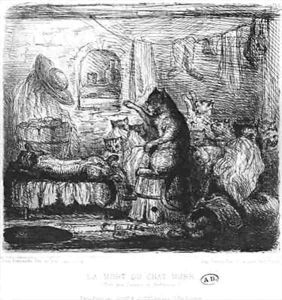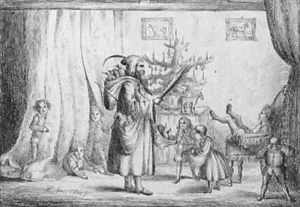King of Portugal Fernando II Paintings
Fernando II of Portugal, born Ferdinand of Saxe-Coburg and Gotha on October 29, 1816, in Vienna, Austria, was not originally an artist by profession but rather a king consort and a significant patron of the arts during the 19th century. He became King of Portugal by marriage to Queen Maria II of Portugal, thereby playing a crucial role in the cultural and artistic development of Portugal during his time. Although he is primarily known for his contributions to the arts and culture as a patron, his personal interest and involvement in artistic endeavors were notable, particularly in the fields of collecting and commissioning art, as well as landscaping and architectural projects.
Fernando's most enduring legacy is arguably the Palace of Pena, or the Pena National Palace, which is one of the finest examples of 19th-century Romanticism in the world. Located in Sintra, Portugal, the palace is a UNESCO World Heritage Site and one of the Seven Wonders of Portugal. It exemplifies Fernando II's eclectic taste and his passion for the arts, blending various architectural styles, including Neo-Gothic, Neo-Manueline, Islamic, and Neo-Renaissance. This architectural masterpiece, which was constructed on the ruins of a monastery severely damaged in the 1755 Lisbon earthquake, was transformed under Fernando's direction into a lavish summer palace for the Portuguese royal family.
Beyond his architectural endeavors, Fernando II was also a collector of fine arts, amassing an impressive collection that included paintings, sculptures, and decorative arts. He played a significant role in the establishment of several cultural institutions and was instrumental in the promotion of cultural and artistic activities in Portugal. His patronage extended to various artists and musicians of his time, and he was known for hosting artistic salons and gatherings at the royal palace, thereby fostering a vibrant cultural environment.
Fernando II's contributions to the arts in Portugal were part of a broader European trend of royal and noble patronage that played a critical role in the development and dissemination of Romantic art and culture. His legacy is reflected not only in the physical monuments and collections that survive him but also in the cultural institutions that flourished due to his support. Fernando II died on December 15, 1885, in Lisbon, Portugal, but his impact on Portuguese and European art and culture continues to be celebrated.

